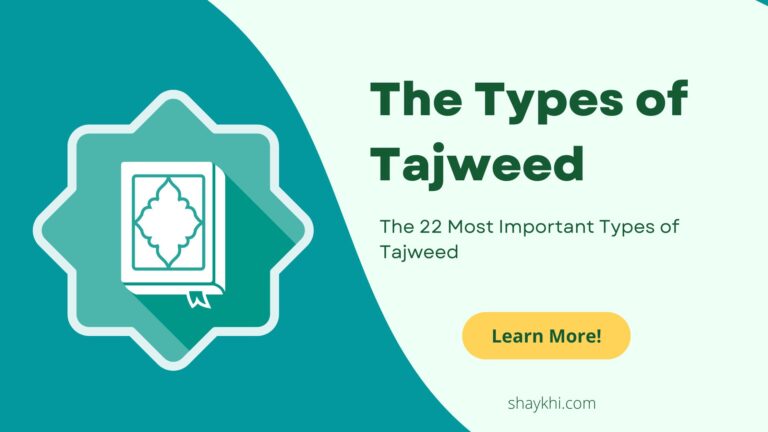
The Types of Tajweed: The 22 Most Important Types of Tajweed
Learning the many types of Tajweed rules and delving into the advanced rules of Tajweed unlocks a deeper connection to

Learning the many types of Tajweed rules and delving into the advanced rules of Tajweed unlocks a deeper connection to
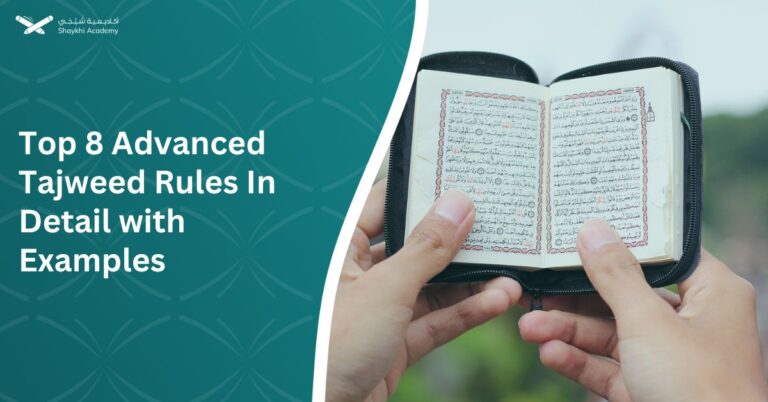
Advanced Tajweed rules elevate Quranic recitation with refined techniques for perfect pronunciation, precise merging of letters, and nuanced emphasis. These
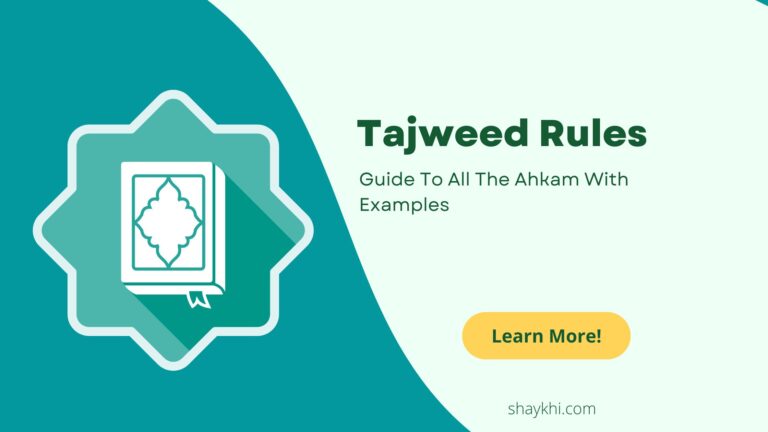
Tajweed rules, known as Ahkam al-Tajweed, are the guidelines for perfecting the recitation of the Quran, focusing on proper pronunciation,

Tajweed is a science of the Quran that specializes in improving recitation, correcting it, pronouncing the letters correctly, and reciting
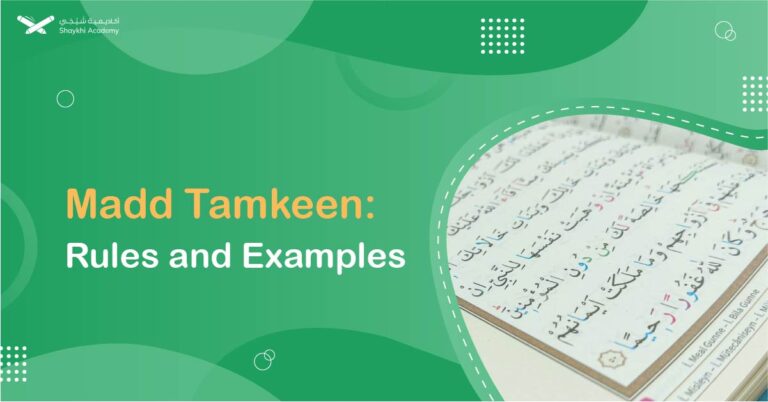
Madd Tamkeen in Quranic recitation ensures precise pronunciation of elongated letters like waw and yaa, maintaining clarity by avoiding their

In the realm of Tajweed, the correct pronunciation and elongation (مَدّ, “madd”) of Quranic verses are foundational skills that enhance
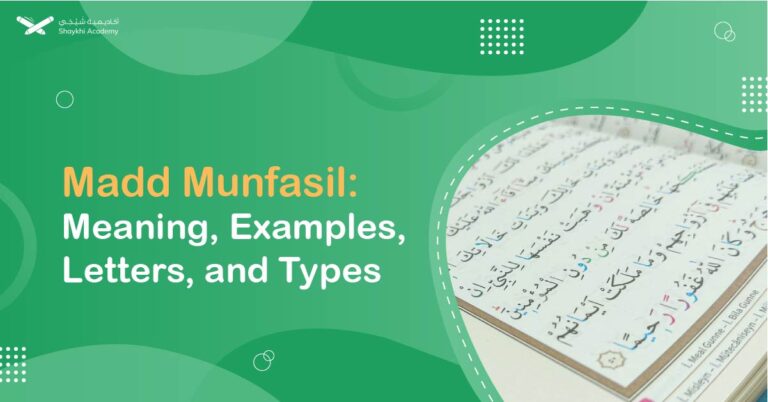
Mastering the art of Quranic recitation (Tajweed) involves a deep understanding of various rules and principles that govern the correct
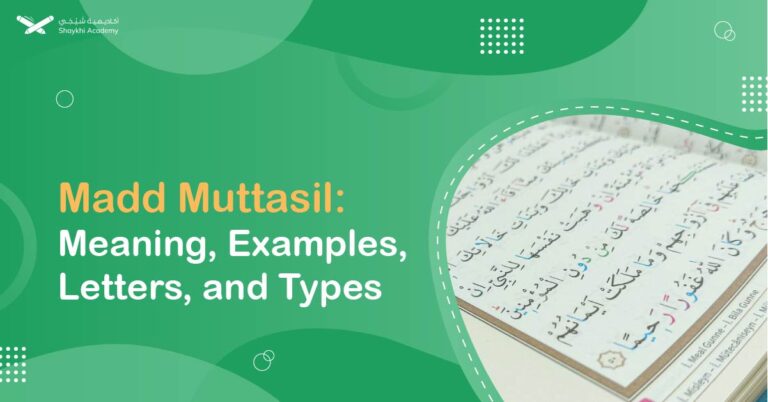
Madd Al-Muttasil in Tajweed dictates elongating letters like Alif, Waw, or Ya when followed by a hamzah within the same
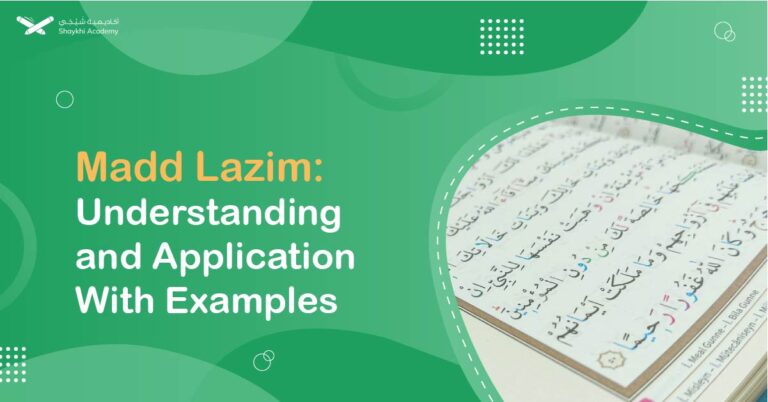
Madd Lazim, a secondary type of Madd in Tajweed, occurs when a letter of Madd is followed by a consonant
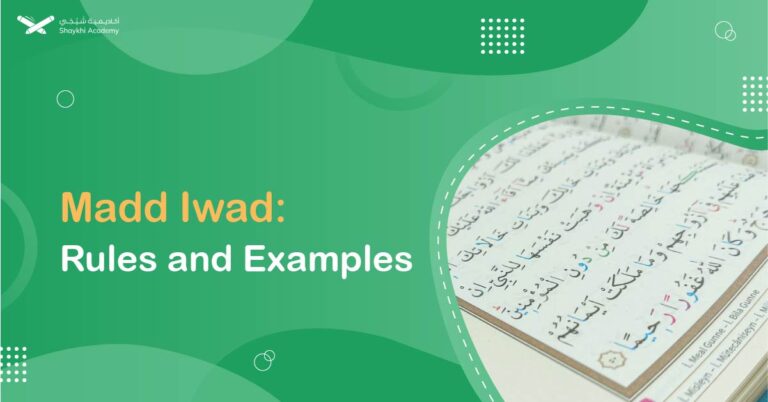
In the art of Quranic recitation (Tajweed), the rules of elongation (Madd) are vital for maintaining the rhythm and beauty
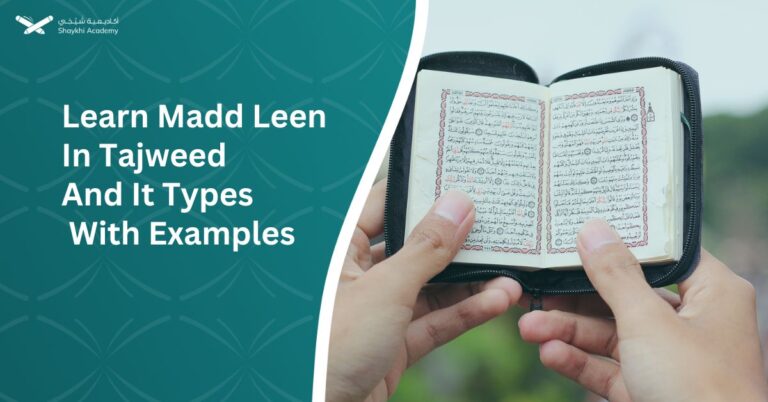
Madd Leen in Tajweed involves soft prolongation occurring when a word ends with a “yaa” or “waaw” with a sukoon

Madd Badal is a Tajweed rule where elongation occurs when a hamzah (glottal stop) precedes a Madd letter (alif, waw,